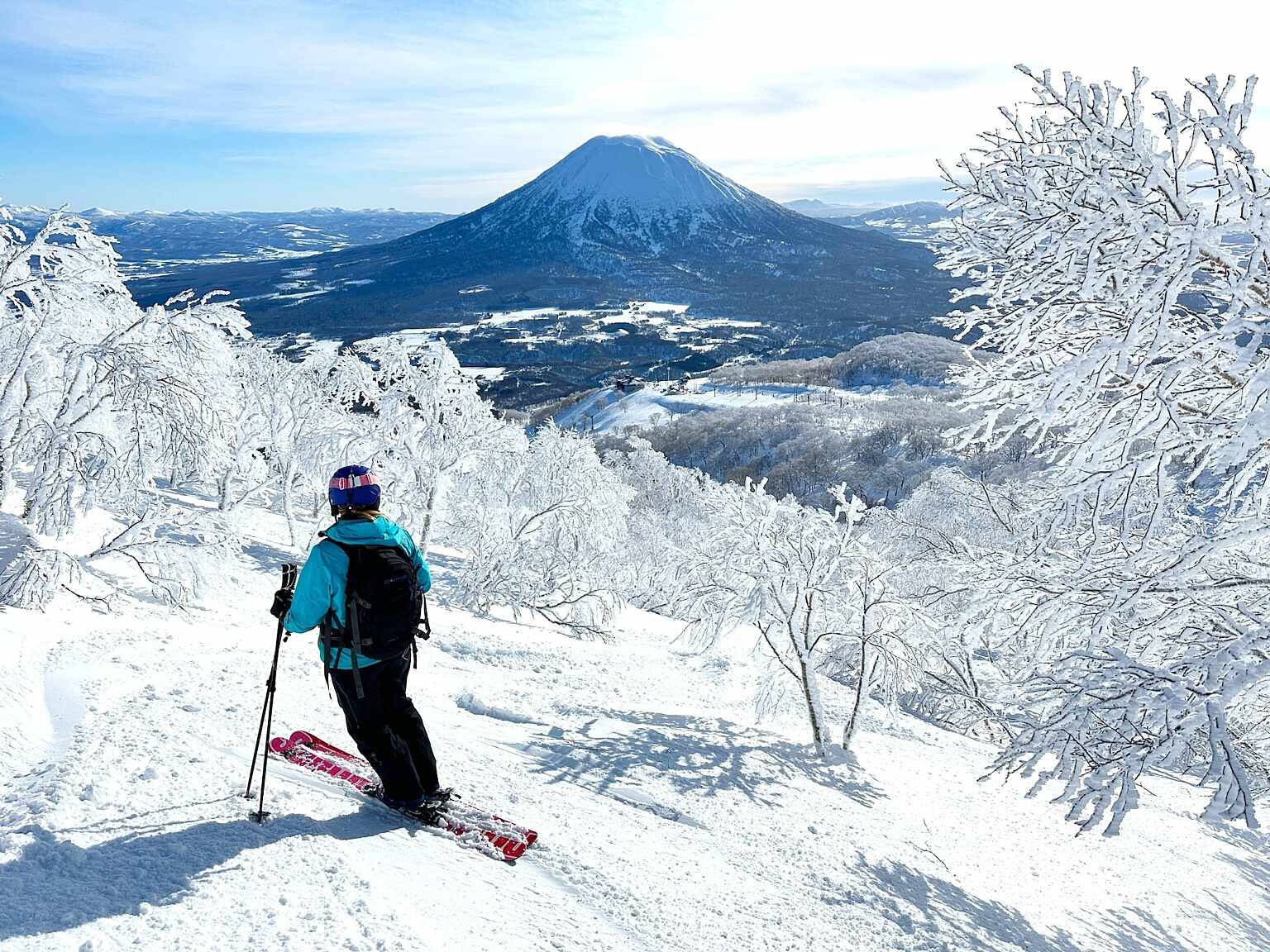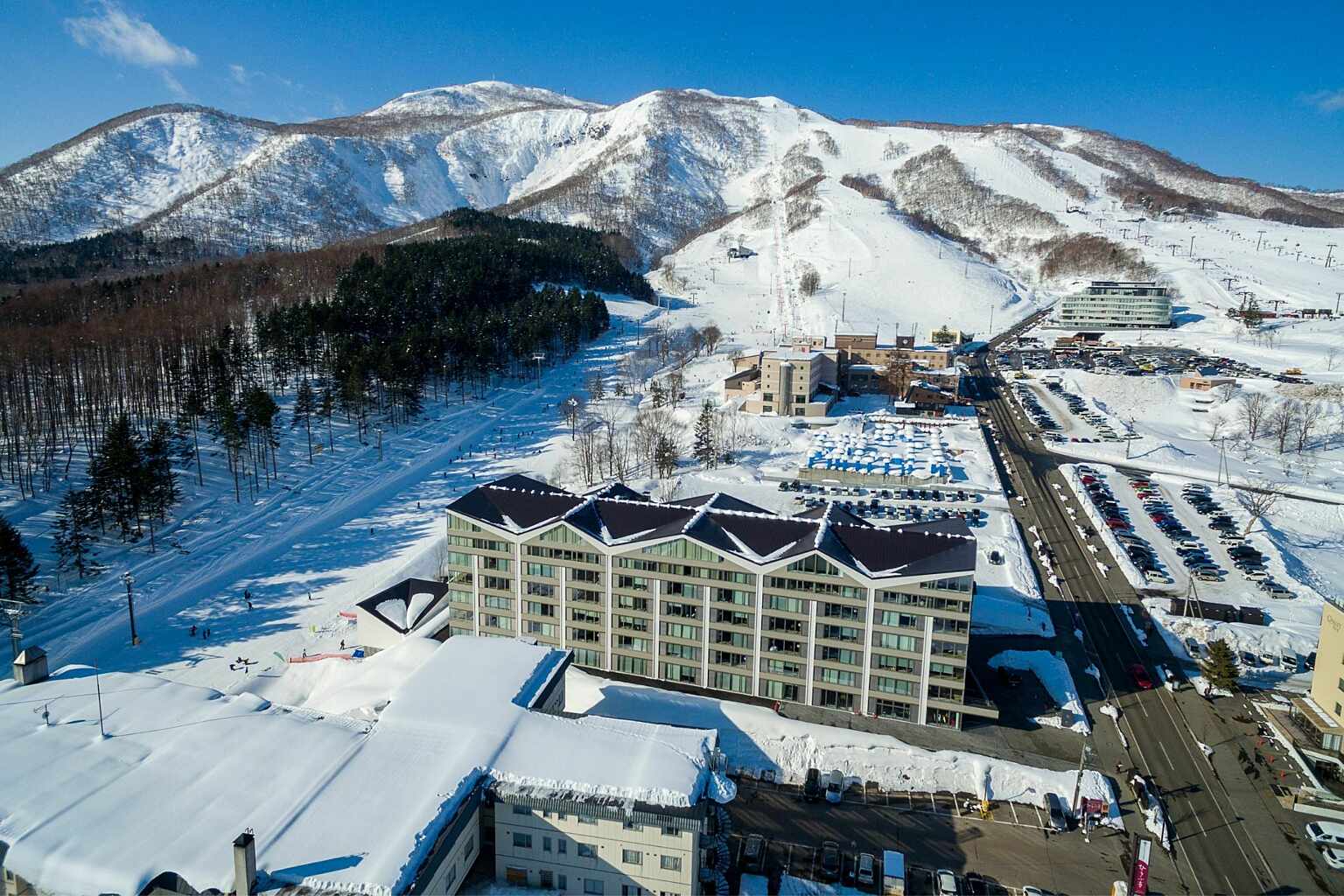Planning your return to Niseko or dreaming up your first run? From early signals, decade-long trends, and local wisdom, here’s your guide for a perfect winter in the Aspen of Asia.
The Countdown to Powder Season Begins

Snow lovers — it’s that time again. The air turns crisp, rooftops frost over, and suddenly every Niseko regular can sense it: winter is just around the corner.
Whether you’ve already secured your snowy stay or you’re still sketching out the perfect powder-week itinerary, knowing how the 2025–26 season is shaping up can help you time the deepest runs, dodge the crowds, and savour a true Niseko winter.
Below, we break down this year’s early forecast, look back at Niseko’s remarkable snowfall legacy, and share a few insider tips on when to visit — and how to make the most of every snow day.
Read next: The first-timers Niseko guide: 10 things to know when planning your ski trip
What to Expect This Winter in Niseko
Niseko’s winters often sound too good to be true — a place where world-class powder falls consistently like clockwork. And yet, year after year, the numbers hold: On average, Niseko delivers over 10 metres of powder light snowfall across the season.
Based on early data and long-term climate patterns, the 2025/26 winter is shaping up beautifully. Here’s a monthly overview of how the season is expected to unfold:
November: The First Flakes
The season begins subtly. Light, tentative snowfall drifts into the region, gathering properly toward late November.
Historical climate data shows that the snowy period typically kicks off in late October. Early November still plays tug-of-war between rain and snow at lower elevations — but mid-mountain usually sees that first true transition into winter.
December: Winter Locks In
December is when Niseko starts to truly get into its winter gear.
Heavy, reliable snowfalls begin rolling in, building the deep base that sustains the entire season.
Cold Siberian air sweeps across the Sea of Japan, picks up moisture, and releases it over Hokkaido’s western ranges — the beginning of the snow alchemy locals call “Japow”.
By Christmas, most runs are open and the villages — Hirafu, Hanazono, Annupuri, Niseko Village — hum with early-season energy.
January & February: Peak Powder Season
This is the stretch devoted skiers plan their lives around.
January and February bring:
- The deepest snowpack
- The lightest, driest powder
- Near-daily snowfall refreshes
- Ideal temperatures (−2 °C by day, ~−7 °C at night)
The lake-effect mechanism is strongest now, delivering the kind of consistent snow days that make “first tracks” pure powder bliss.
If snow quality sits at the top of your wishlist, this is your golden window.
March: Longer Days, Softer Snow
March is the season’s sweet spot.
The snowpack remains substantial — often 3–4 metres deep — but daylight stretches out, and the slopes soften to a buttery texture by afternoon. Mornings stay crisp for carving; afternoons are for cruising.
It’s a favourite month for families, new skiers, and anyone who prefers a slightly gentler pace.
April: Spring Skiing, Niseko-Style
Spring arrives, but the mountain doesn’t call it quits just yet.
Higher elevations still hold plenty of snow, and while fresh falls are rarer, conditions remain excellent for sunlit, mellow runs.
This year, Grand HIRAFU and Annupuri plan to stay open until May 6, 2026 — right into Golden Week — offering the magical possibility of cherry blossoms and snow in a single trip.
Read next: One, Two, Ski: The Official Opening Dates of Niseko and Furano Ski Resorts
Historical Snowfall in Niseko: A Powder Legacy
.jpg)
Niseko isn’t merely snowy — it’s one of the snowiest inhabited places on Earth.
Over the last decade, annual snowfall at village level consistently hits 10–15 metres.
Typical peak depths:
- 200–300 cm in January
- Up to 400 cm in February
A quick comparison with Hakuba highlights Niseko’s consistency:
| Season | Niseko | Hakuba |
| 2024–25 | 1,283 cm | 782 cm |
| 2023–24 | 1,190 cm | 561 cm |
| 2022–23 | ~1,400 cm | 444 cm |
| 2021–22 | 1,135 cm | 584 cm |
| 2020–21 | 1,210 cm | 420 cm |
Even in milder winters, Niseko rarely falters — geography does the heavy lifting.
Why Niseko Gets So Much Snow: The Science of Japow
Niseko’s famously feather-light powder comes from a blend of geography, ocean currents, and atmospheric choreography.
1. The Siberian High & Sea of Japan Effect
Dry, icy air from Siberia sweeps across the warmer Sea of Japan, absorbs moisture, and releases it as fine, dry snow over western Hokkaido.
This mechanism is strongest from December-February, explaining the season’s reliability.
2. Northwest Pacific Low-Pressure Systems
Occasional multi-day storms add dramatic accumulations. Locals call this “NW flow” — and it usually means a powder reset is imminent.
3. Freezing-Level Shifts
With the village at ~300 m and the summit at ~1,200 m, freezing levels dictate snow texture:
- Below 500 m → ultra-dry powder
- Above 800 m → heavier snow around the base
4. Mountain Orientation & Microclimates
Hirafu and Annupuri, facing southwest toward incoming storms, often receive the heaviest totals. Niseko Village sits slightly sheltered, creating subtle differences in snowfall character.
5. Seasonal Climate Patterns
Neutral-to-weak La Niña conditions may emerge late 2025 — a promising sign for colder, snowier weather.
Read next: Say Japow: 5 Reasons Why Now Is The Time To Visit Niseko
A Powder Perfect Getaway with The Luxe Nomad

1. Stay Close to the Slopes
Many of our properties in Hokkaido sit right by the action — ski-in/ski-out, sweeping mountain views, or both.
2. Pack With Intention
Waterproof layers, insulated gloves, proper boots. Temperatures can dip below −10 °C, with wind chill adding its own opinion.
3. Plan Transfers Early
Snow this deep is part beauty, part unpredictability. Pre-arranged transfers = a calm arrival.
4. Chase the Storms
Check forecasts frequently. Big snowfall incoming? Set your alarm.
Flat-light day? Pair the slopes with an onsen.
5. Lean on Local Experts
Lift passes, rentals, hidden dining gems, off-piste guiding — the on-ground teams know the terrain and the tempo.

Stay Updated — Real-Time Snow Reports
Follow the season as it unfolds:
- Instagram: @theluxenomad
- WanderLuxe: dining guides, insider looks, and travel notes
Snow Data:
Let It Snow
The 2025–26 Niseko winter is shaping up to be another season of generous snowfall, cool mountain air, and the unmistakable energy that sweeps through Hokkaido each year.
Whether you’re carving your first turn or chasing that perfect run, staying slopeside with The Luxe Nomad puts you in the heart of it all — seamless access, warm hospitality, and local guides every step of the way.
Ready to plan your trip? Read these next:
Chalet of the Week: Meigetsu Aki Niseko
Niseko Dining Guide 2025: The Best Restaurants, Bars and Cafes to Try This Winter
Heading to Hokkaido this Winter? 11 Festivals and Events You Shouldn’t Miss
